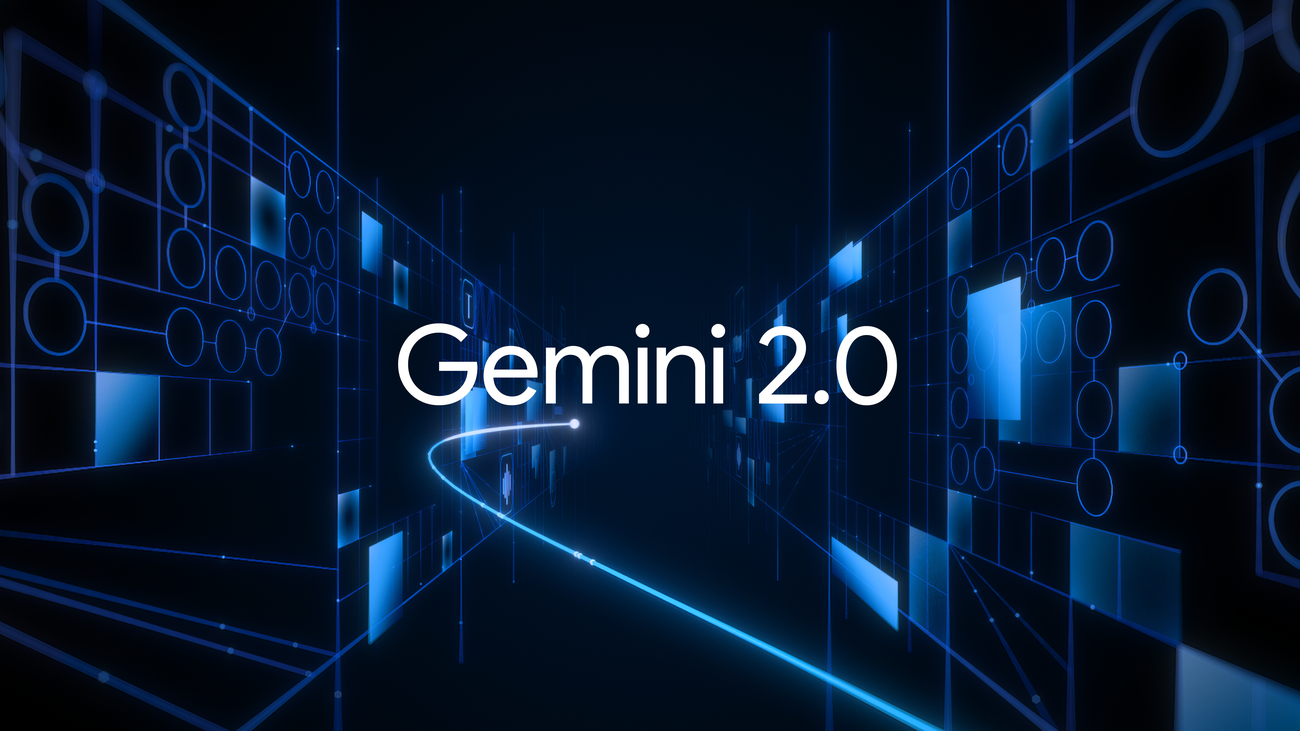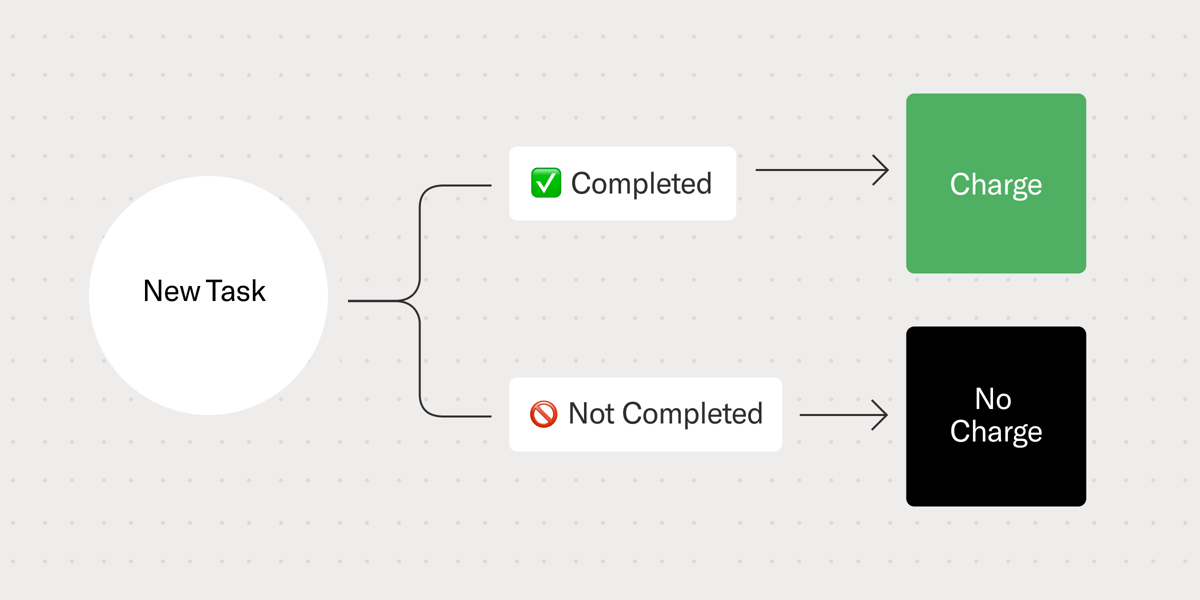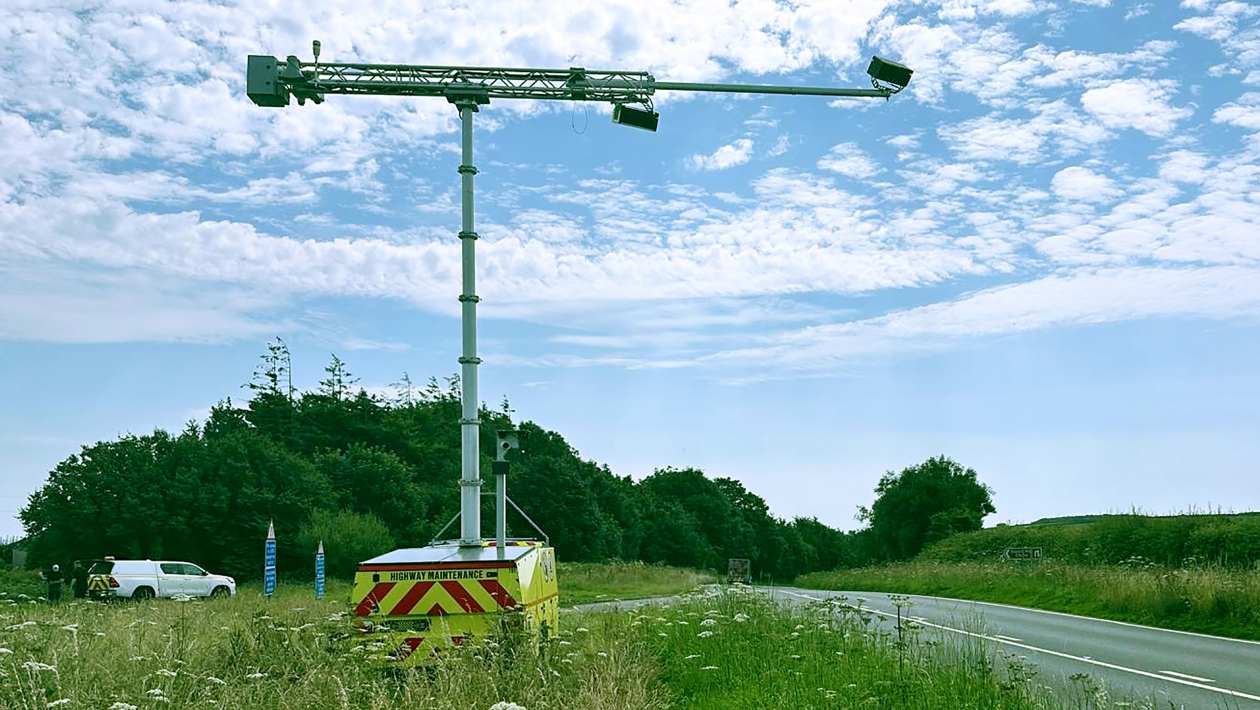- AICohort Newsletter
- Posts
- AI Cohort #13: Ignite your future
AI Cohort #13: Ignite your future
Stay informed, stay inspired, and stay subscribed to AI Cohort

Welcome to this week’s edition of AI Cohort, in this edition, we explore the new releases to latest advancements in AI technology that are reshaping road safety and creative industries. From detecting impaired drivers to empowering content creators, AI is making significant strides across various sectors. Here are the key insights from last week.
Google Unveils Gemini 2.0: A Leap into the Agentic AI Era
Google has launched Gemini 2.0, marking a significant advancement in AI technology. This new model boasts enhanced multimodal capabilities, including native image and audio output, as well as improved tool integration. Gemini 2.0 Flash, an experimental version, offers double the processing speed of its predecessor while matching the performance of larger models. Key features of Gemini 2.0 include:
Native image generation and audio output
Improved reasoning and long-context capabilities
Integration with Google Search, Maps, and third-party tools
A new "Deep Research" feature for complex topic exploration
Google is gradually rolling out Gemini 2.0 across its ecosystem, starting with the Gemini app and Search. The company emphasises responsible development, working with trusted testers and their Responsibility and Safety Committee to ensure safe and ethical implementation.
Sundar Pichai, Google's CEO, states that Gemini 2.0 represents a shift from merely organising information to making it significantly more useful, paving the way for a new era of AI-driven innovation.
OpenAI Unveils Sora: A Groundbreaking Video Generation Model
OpenAI has introduced Sora, a revolutionary AI model capable of generating high-quality videos from text, image, or video inputs. This cutting-edge technology allows users to create videos up to 1080p resolution and 20 seconds in length, opening new avenues for creative expression and storytelling.
Key features of Sora include:
Multimodal input processing (text, image, and video)
Native image generation and audio output capabilities
Advanced reasoning and long-context understanding
Integration with various tools for enhanced functionality
Sora builds upon OpenAI's previous successes with DALL·E and GPT models, employing a diffusion model approach and transformer architecture to achieve superior performance.
To ensure responsible deployment, OpenAI has implemented a robust safety framework, including:
Comprehensive data filtering and preprocessing
External red teaming with experts from nine countries
Extensive evaluations targeting key risk areas
Age restrictions (18+ only) and content moderation
As Sora prepares for wider release, OpenAI remains committed to balancing innovation with safety, continuously refining their approach based on user feedback and emerging challenges in the rapidly evolving field of AI-generated content.
Sierra AI Revolutionises AI Pricing with Outcome-Based Model
Sierra AI is pioneering a new approach to AI pricing: outcome-based pricing for AI agents. This innovative model ensures clients only pay when the AI achieves specific, valuable outcomes, such as resolving customer support issues or preventing cancellations.
Key features of Sierra's outcome-based pricing:
Charges tied to tangible business impacts
Continuous improvement of AI agent performance
Aligned incentives between Sierra and clients
Flexibility to blend with other pricing models as needed
This approach contrasts with traditional software pricing models, including seat-based licensing and consumption-based pricing. By focusing on measurable results, Sierra aims to eliminate wasted spend and drive real business value.
This paradigm shift in AI pricing promises to redefine how businesses evaluate and implement AI technologies, ensuring they pay only for genuine, measurable outcomes.
AI Cameras to Catch Impaired Drivers in Devon and Cornwall
Devon and Cornwall in UK are pioneering the use of AI-powered cameras to detect drivers under the influence of alcohol or drugs. The innovative Heads-Up device, created by Acusensus, identifies driving patterns suggesting impairment. Police can then intercept suspicious vehicles for on-site testing. Key points:
World's first trial of this technology in Devon and Cornwall
Cameras can be quickly relocated without prior notice
Aims to enhance road safety by identifying impairment before incidents occur
Part of the Vision Zero South West road safety partnership
The trial, running throughout December, complements other drink-driving prevention initiatives. Police hope this cutting-edge technology will contribute to reducing fatalities and severe injuries on the counties' 14,000 miles of roads.
NVIDIA Empowers AI-Driven Creativity with RTX GPUs
NVIDIA's GeForce RTX GPUs are revolutionising AI-powered computing for creators and professionals. With specialised AI Tensor Cores delivering over 1,300 trillion operations per second, RTX GPUs accelerate performance across gaming, creative work, and productivity tasks.
Key features of NVIDIA's AI-driven ecosystem include:
Regular NVIDIA Studio Driver updates for enhanced performance and stability
AI-powered tools like Stable Diffusion for faster image creation
DLSS technology for improved gaming visuals and frame rates
RTX Video Super Resolution for enhanced video quality
ChatRTX for quick, private data querying on local systems
NVIDIA offers over 200 RTX AI PC models, featuring laptops from top manufacturers like ASUS, Dell, GIGABYTE, and MSI. These systems cater to various needs, from content creation to professional work, all powered by RTX GPUs for cutting-edge AI performance.
And that wraps this edition! Be sure to stay tuned for more updates and insights in the upcoming newsletters. Thank you for reading the AI Cohort Newsletter!





Reply